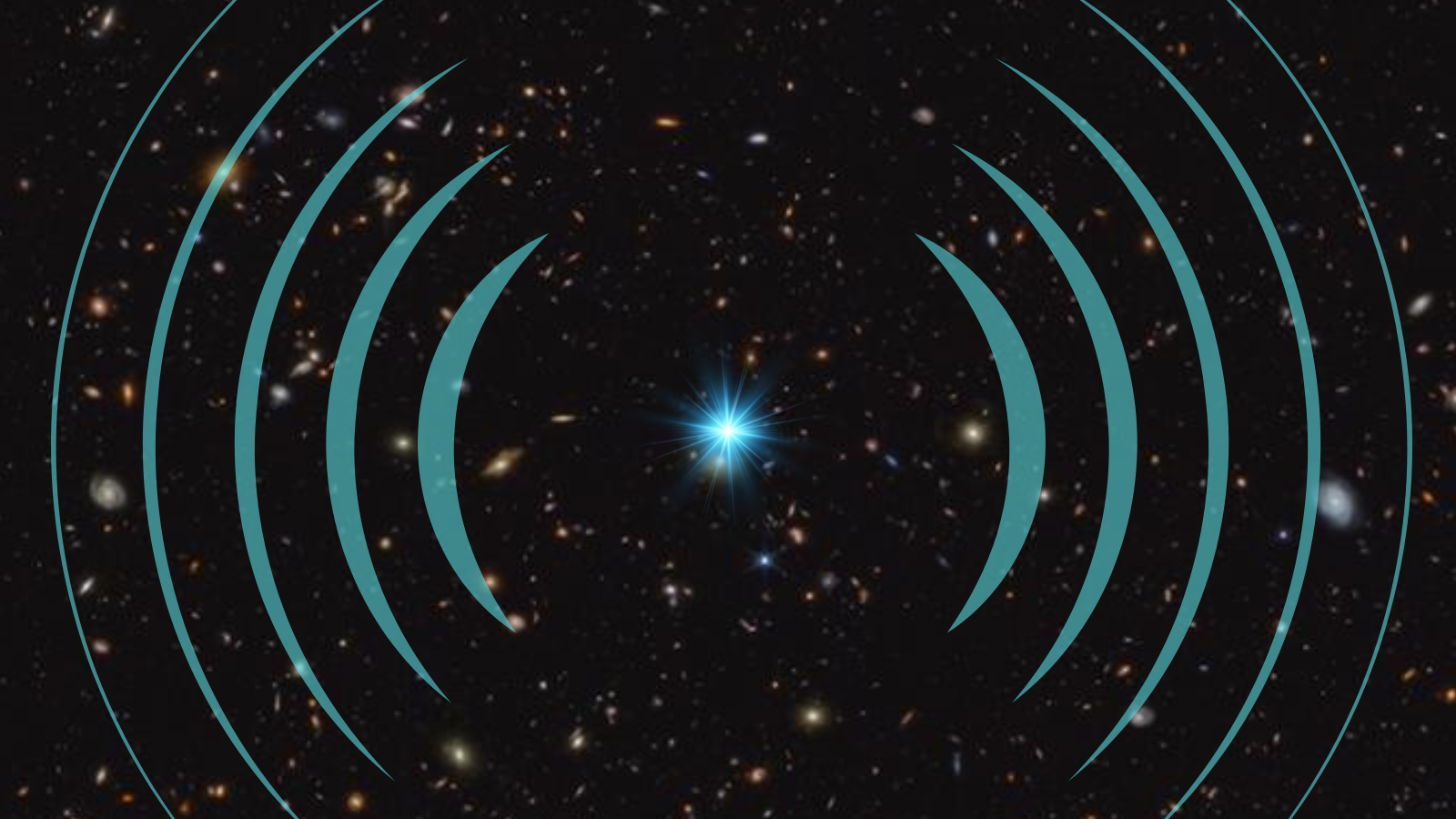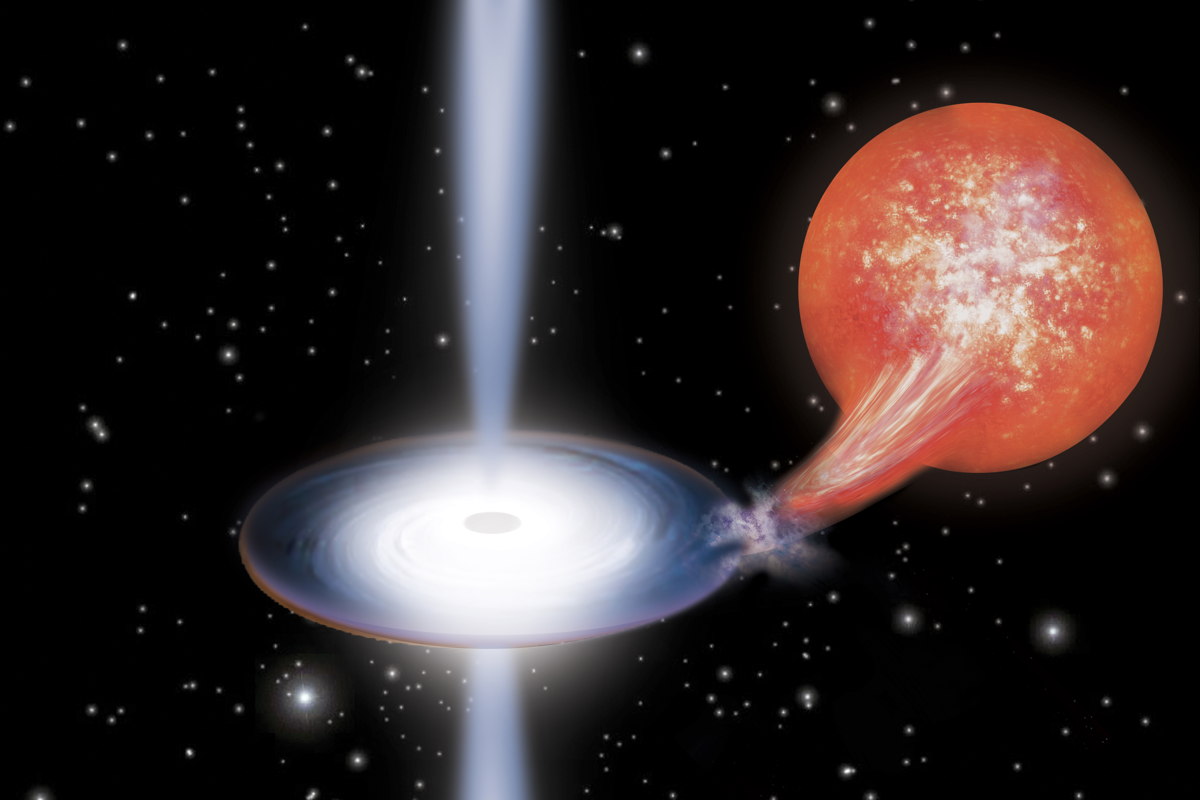Radio signals from the dawn of time could help 'weigh' the universe's 1st stars
"This is a unique opportunity to learn how the universe's first light emerged from the darkness."

Astronomers could use specific radio signals from the universe's earliest epoch to "weigh" the first stars in the cosmos. The investigation could reveal more about the so-called Cosmic Dawn, the period of the universe during which darkness lifted and light became free to travel.
These first stars, or "Population III" (Pop III) stars, can't be seen even with the most powerful telescopes because their light was prevented from traveling by a dense cosmic fog spread between star-forming regions that consisted mostly of hydrogen.
However, during this period, around 100 million years after the Big Bang, this hydrogen created a radio signal called "the 21-centimeter signal." An international team of astronomers now suggests this signal could be used to determine how light from the first stars interacted with this cosmic fog, helping to lift it.
"This is a unique opportunity to learn how the universe's first light emerged from the darkness," team leader and University of Cambridge researcher Anastasia Fialkov said in a statement. "The transition from a cold, dark universe to one filled with stars is a story we're only beginning to understand."
REACH for the stars
Fialkov heads up the Radio Experiment for the Analysis of Cosmic Hydrogen (REACH) project, a radio antenna that studies the faint glow of the 21-centimeter signal to reveal more about Cosmic Dawn.
Still in its calibration stage, REACH will soon be joined in its investigation of the first stars by the Square Kilometre Array (SKA), a massive array of antennas under construction in Australia and South Africa. Together, SKA and REACH will investigate the masses, luminosities, and distribution of the universe's earliest stars.
In preparation for this investigation, Fialkov and colleagues developed a model to predict what observations of the 21-centimeter signal will look like for both projects. This revealed that this signal is influenced by stellar masses.
"We are the first group to consistently model the dependence of the 21-centimeter signal of the masses of the first stars, including the impact of ultraviolet starlight and X-ray emissions from X-ray binaries produced when the first stars die," said Fialkov. "These insights are derived from simulations that integrate the primordial conditions of the universe, such as the hydrogen-helium composition produced by the Big Bang."
Breaking space news, the latest updates on rocket launches, skywatching events and more!

While developing the model, the team studied how the mass distribution of Pop III stars influenced the 21-centimeter signal.
This revealed that the connection between this signal and the first stars has been underestimated in prior research because these studies had failed to account for the number of systems composed of a dense dead star, usually a white dwarf, and an ordinary star, so-called "X-ray binaries" among Pop III stars.
"The predictions we are reporting have huge implications for our understanding of the nature of the very first stars in the universe," REACH telescope Principal Investigator Eloy de Lera Acedo said. "We show evidence that our radio telescopes can tell us details about the mass of those first stars and how these early lights may have been very different from today's stars."
REACH and SKA won't see these first stars as a telescope like the James Webb Space Telescope (JWST) does. They instead rely on scientists performing statistical analysis of the data they provide.
The effort can pay dividends as it provides information about entire populations of stars, X-ray binary systems and galaxies.
"It takes a bit of imagination to connect radio data to the story of the first stars, but the implications are profound," Fialkov concluded.
The team's research was published on Friday (June 20) in the journal Nature Astronomy.
Join our Space Forums to keep talking space on the latest missions, night sky and more! And if you have a news tip, correction or comment, let us know at: community@space.com.

Robert Lea is a science journalist in the U.K. whose articles have been published in Physics World, New Scientist, Astronomy Magazine, All About Space, Newsweek and ZME Science. He also writes about science communication for Elsevier and the European Journal of Physics. Rob holds a bachelor of science degree in physics and astronomy from the U.K.’s Open University. Follow him on Twitter @sciencef1rst.
You must confirm your public display name before commenting
Please logout and then login again, you will then be prompted to enter your display name.